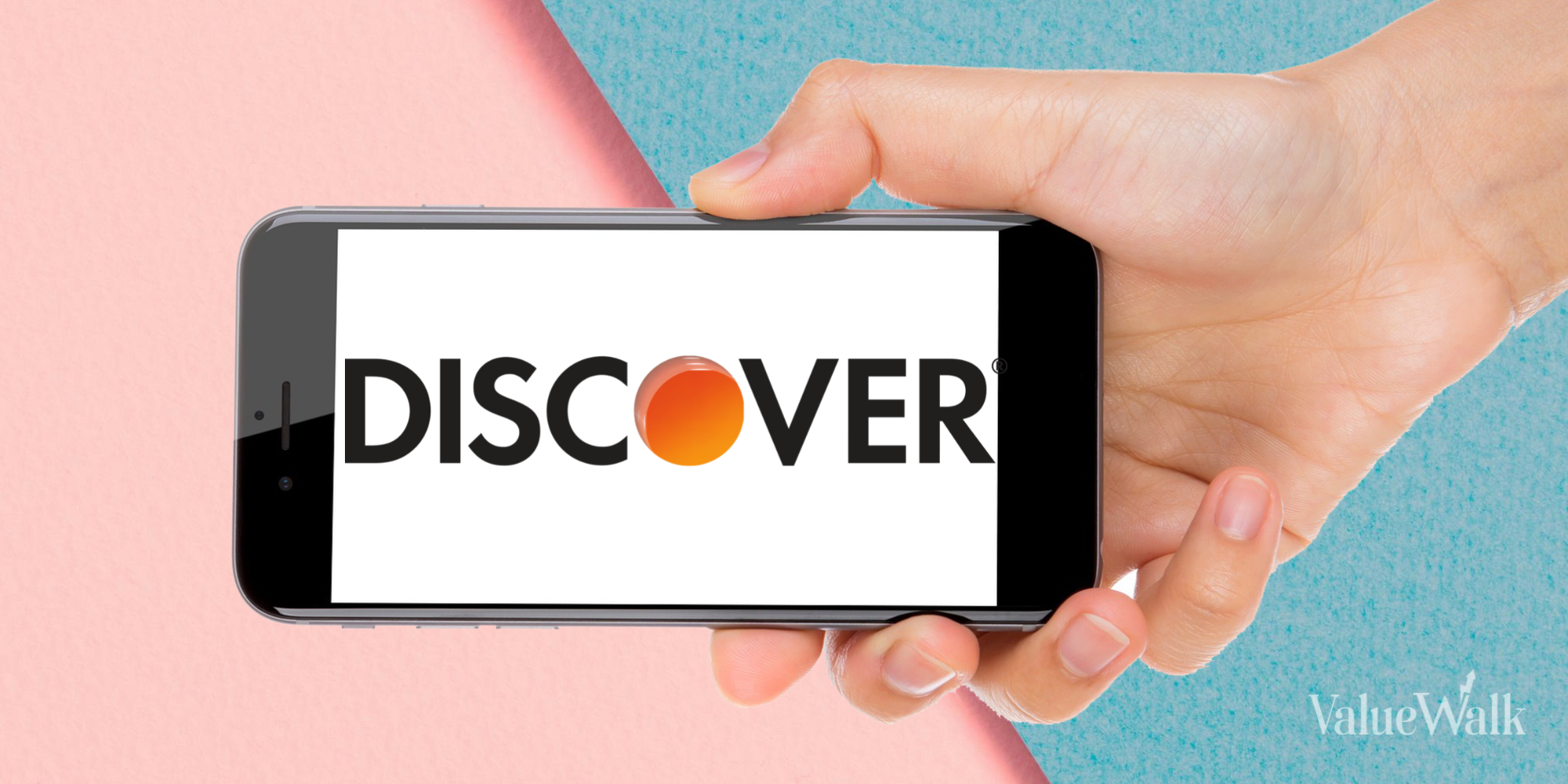Are Your Client Reports Brand-Boosters Or Brand-Busters?
November 2, 2015
by Joyce Walsh
PDF | Page 2
Seven ways advisors can harness the power of design to better-serve clients and reinforce their brand promise
Advisor Perspectives welcomes guest contributions. The views presented here do not necessarily represent those of Advisor Perspectives.
Just as sharp suits and well-appointed offices express high standards and command respect, professional-looking client reports and presentations will engage clients and lead them through the material. Effective design is a powerful tool that helps hold your client’s attention throughout the entire report or presentation. Research has shown that after reading well-designed articles, subjects performed better on cognitive tasks. It follows that the use of smart design strategies in advisors’ reports and presentations will make clients comprehend and act upon them with greater ease.
The next time you are creating client reports and presentations, follow these seven tried-and-true design tips to give your clients a comfortable reading experience that underscores the message you want to convey
- Start with a solid layout.
The first step toward creating an engaging design is the page layout pattern you’ll use throughout your client reports and presentations. While a well-balanced layout feels coherent and natural, an inconsistent design will make the reader/viewer feel uncomfortable and on edge
Figure 1: Asymmetrical Layout
Symmetrical layouts are inherently balanced – think of two columns of equal height and width with a centered title above – but they can get old fast, especially in multipage reports like quarterly market summaries.
Asymmetrical layouts, like the one in Figure 1, place elements unevenly on the page. Note how the title overlaps the centerline and text only appears in the left column. Still, the overall effect is balanced, thanks to good use of image placement and white space.
While this approach is more challenging to design than the symmetrical layout, it is also more visually compelling and, therefore, more likely to capture and hold your audience’s attention to better convey your message.
- Strategy: If you’re committed to a symmetrical layout, try using an asymmetrical cover or title page to add interest.
- Strategy: To create balance in an asymmetrical layout, place your titles on the left of the page.
- Strategy: Make titles proportionately larger than the text to establish clear visual hierarchy of the information.
PDF | Page 2











